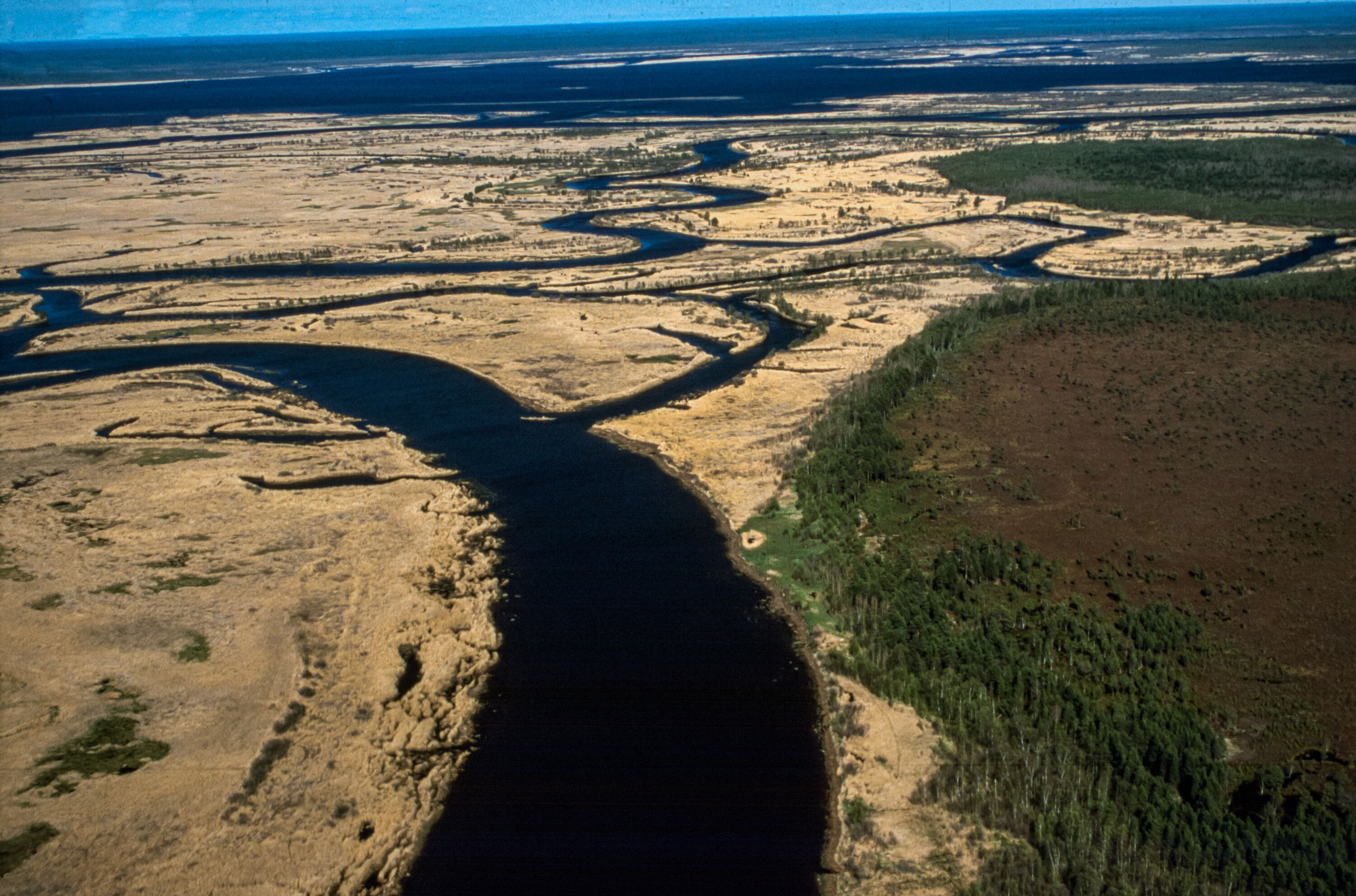Peat bogs, salt marshes, mangrove forests and seagrass beds cover only 1% of the Earth's total surface area, but sequester more than 20% of all the CO2 absorbed by ecosystems worldwide. This unique property arises because plants build these wet landscapes. Through such landscape-forming processes, an enormous amount of CO2 is captured and stored in the soil. This was demonstrated by scientists from Utrecht University, the Royal Institute for Sea Research (NIOZ), Radboud University and the University of Groningen in the Netherlands, the University of Florida and Duke University in the United States, and the University of Greifswald in Germany, in a study which synthesises recent scientific literature on the topic.
‘When we look at the amount of CO2 stored per square metre, it turns out that wetlands store about five times more CO2 than forests and as much as five hundred times more than oceans,” says first author Ralph Temmink, wetland ecologist at Utrecht University and former Greifswald student. ‘Peat bogs, salt marshes, mangrove forests and seagrass beds are therefore global 'hotspots' of CO2 storage.’
These landscapes are formed by the plants that grow on them, for example peat mosses on raised bogs. In raised bogs, peat mosses behave like sponges - together they retain an enormous amount of rainwater, driving their own growth. Underneath the living peat mosses, the remains of dead peat mosses accumulate. Because this layer, which is up to 10 metres thick, is permanently under water, the dead plants hardly decompose. The carbon is retained and is not let off into the atmosphere as carbon dioxide.
In lowlands and coastal marshes, plants retain suspended sediments and dead plant material with their aboveground stems and leaves and complex root mat belowground. Nutrients are released from this captured detritus and the plants grow even better. This leads to an accumulation of carbon-rich plant detritus in the wet ground, building a thick layer of soil. Just like in raised bogs, this prevents CO2 emissions.
Although wetlands are essential in the fight against climate change, human interference is causing the loss of 1% of these ecosystems per year worldwide. Land reclamation and pollution disrupt the landscape-forming processes and cause about 5 % of our global annual CO2 emissions.
More than half of the attempts to restore wetlands fail due to insufficient consideration of the landscape-forming properties of the plants. ‘Our study shows that in terms of amount, wetlands – after the oceans, but on a much smaller surface – are the world’s most important carbon-retaining ecosystems. That is why it is paramount to rigorously protect the well-preserved wetlands and to rewet and restore the drained and degraded wetlands as quickly as possible. The good news is that we are learning more and more about how we can realise these plans on a large scale,’ says Hans Joosten, Professor of Peatland Studies and Palaeoecology at the University of Greifswald.
Further information
To the article: https://www.science.org/doi/10.1126/science.abn1479
Media Photo [de]
Contact at the University of Greifswald
Prof. Dr. Dr. h.c. Hans Joosten
Institute of Botany and Landscape Ecology, Working Group Peatland Studies and Palaeoecology
Soldmannstraße 15, 17489 Greifswald
Tel.: +49 3834 420 4177 or +49 3834 83542 18
joostenuni-greifswaldde
skype: hansjoostenhgw
Dr. John Couwenberg
Institute of Botany and Landscape Ecology, Working Group Peatland Studies and Palaeoecology
Soldmannstraße 15, 17489 Greifswald
Tel.: +49 3834 420 4177
couwenberjuni-greifswaldde

